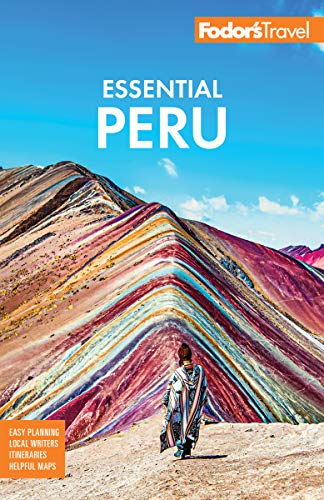A sultry port town on the Río Amazonas, Iquitos is quite probably the world's largest city that cannot be reached by road. It has nearly 500,000 inhabitants and is the capital of the vast Loreto department. It is a colorful, dilapidated town where motorcycles and three-wheeled mototaxis buzz down narrow streets shaded by massive tropical trees, tiny houses built atop wooden rafts float in the nearby river, and indigenous women hawk their handicrafts in the plazas.Many of the people who live in Iquitos are members of Amazonian indigenous tribes, and although most have adopted Western dress, you'll find bushmeat and jungle herbs for sale at the local market, and you can learn about the Amazon's native cultures at the Museo de Culturas Indígenas. You can also watch the locals pass in dugout canoes as you sample an Amazon fish fillet at the floating restaurant of Al Frio y al Fuego. Or savor the tropical surroundings while sipping a cool drink on the malecón and contemplating the rainforest foliage that lines the estuary. Speaking of drinks, bars and clubs tend to cater to a younger and less-discerning crowd. You're best off finding a riverside restaurant for your evening libation.
The area around Iquitos was first inhabited by small, independent Amazonian tribes. In the 1500s, Jesuit missionaries began venturing into the area, trying to Christianize the local population, but the city wasn't officially founded until 1757.
Iquitos saw unprecedented growth and opulence during the rubber boom but became an Amazonian backwater overnight when the boom went bust. The economy slouched along, barely sustaining itself with logging and exotic-animal exports. Then, in the early 1970s, petroleum was discovered. The black gold, along with ecotourism and logging, have since become the backbone of the region's economy, though drug running also provides significant income.
The city's historic center stretches along a lagoon formed by the Río Itaya, near the confluence of the Río Nanay and the Río Amazonas. Most of its historic buildings, hotels, restaurants, and banks are within blocks of the Plaza de Armas, the main square, and the nearby Malecón Maldonado riverwalk. On the plaza, keep an eye out for the Casa de Fierro, a building forged in Europe, disputedly by Gustave Eiffel.




